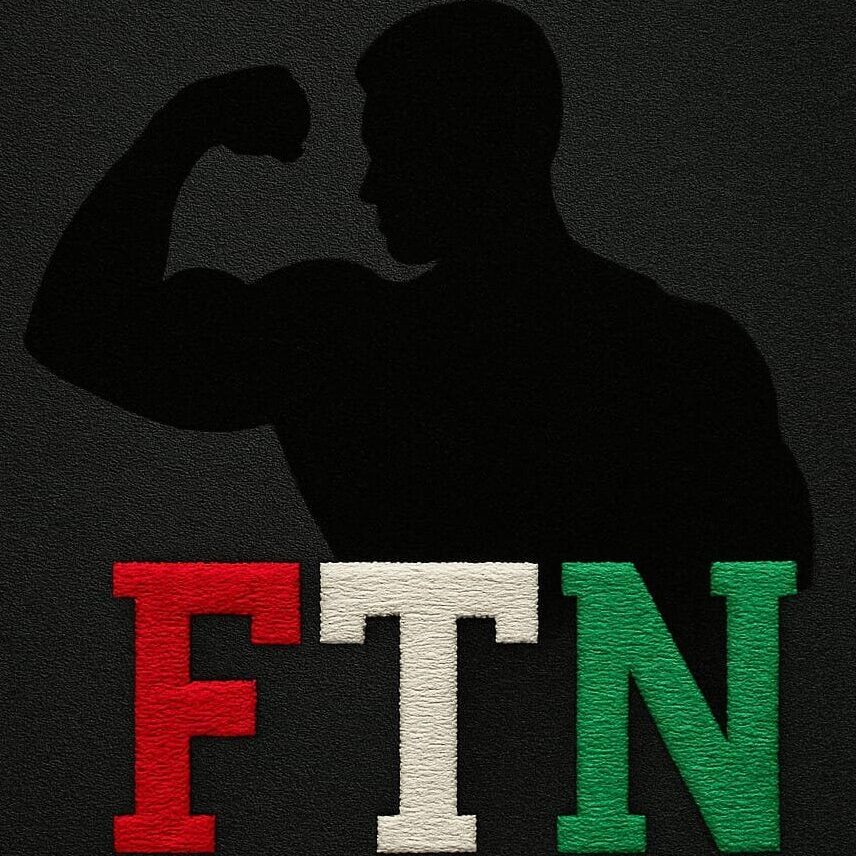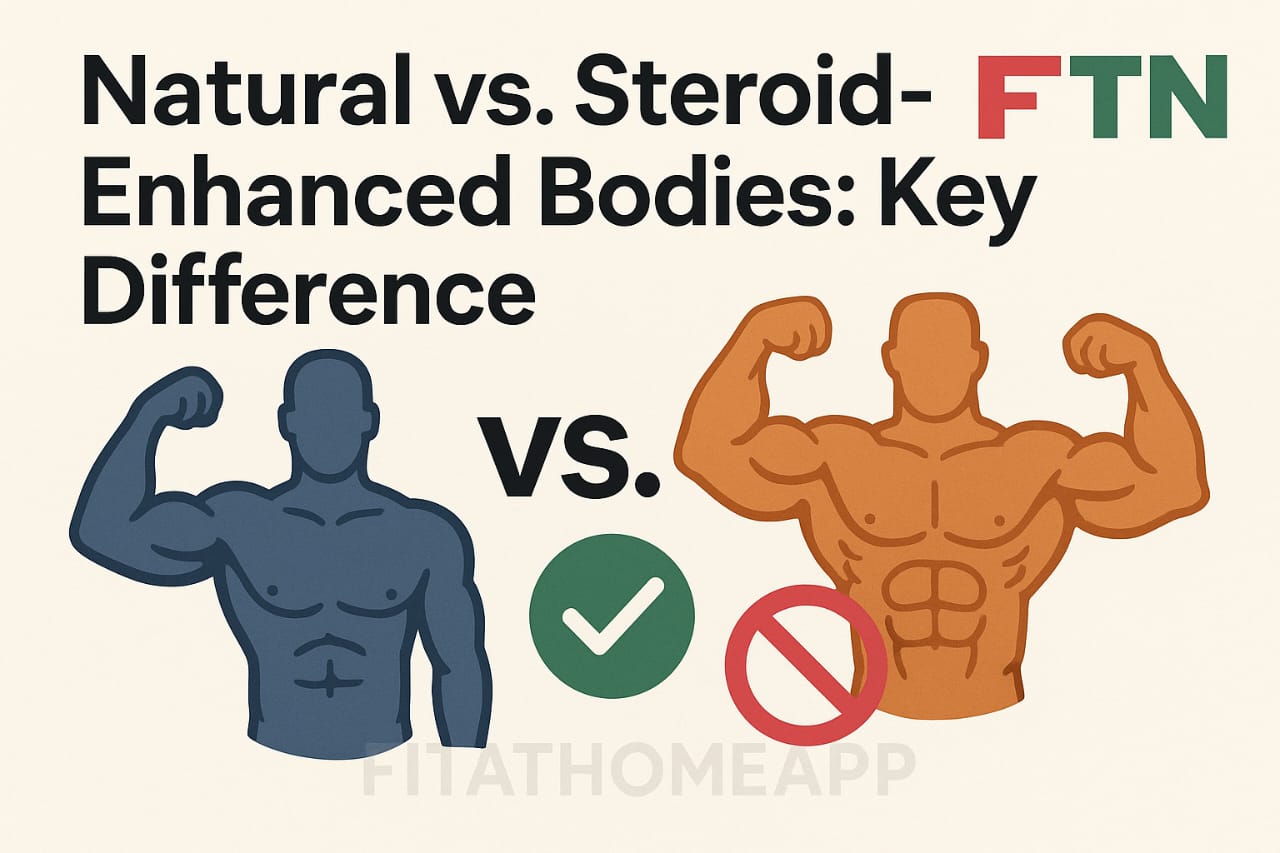🧬 Understanding Natural Bodies
Natural physiques are the result of a balanced combination of genetics, nutrition, and consistent training—without artificial enhancements. These bodies evolve slowly and sustainably through hard work, dedication, and smart lifestyle choices.
Genetics lays the foundation for an individual’s potential—determining how easily muscle mass is gained, how fat is stored, and how quickly strength improves. While some may have a natural edge, every individual can make meaningful progress with the right approach.
Nutrition plays a vital role. Those who build naturally depend on whole foods, including lean proteins, complex carbs, and healthy fats. They focus on fueling their workouts and promoting recovery through well-balanced meals, often avoiding shortcuts like synthetic supplements or chemical enhancements.
Natural training routines emphasize progressive overload, rest, and injury prevention. This means building strength and endurance over time, without forcing the body past its natural recovery limits. Natural athletes tend to display:
Defined but not overly bulky muscles 💪
Proportional symmetry
Healthy levels of body fat
High stamina and resilience
Most importantly, their results are sustainable and long-term, showcasing what the human body can accomplish with patience and discipline.
🧪 The Role of Steroids in Body Development
Anabolic steroids are synthetic substances that mimic testosterone, the hormone responsible for muscle growth and physical performance. When introduced into the body, these compounds:
Dramatically increase protein synthesis
Accelerate muscle hypertrophy
Reduce recovery time between workouts
This allows steroid users to train more frequently and intensely, leading to faster and larger muscle gains than would be possible naturally. Users often experience:
Rapid strength increases
Greater endurance
Visibly larger muscles in a short time
However, this “fast-track” approach comes with serious risks. Steroids can disturb hormonal balance, increase aggression, and contribute to long-term cardiovascular and liver damage. They also pose a psychological risk, as users can become dependent on the results, making it hard to stop.
In short, while steroids offer short-term performance and size gains, they do so by forcing the body beyond its natural limits—and often at a steep cost to health and wellness.
🔍 Visible Differences: Natural vs. Steroid-Enhanced Bodies
The differences between natural and steroid-enhanced physiques are often obvious to trained eyes—and sometimes even to casual observers.
📏 1. Muscle Size and Density
Steroid users typically have:
Thicker, rounder muscles
Faster muscle growth, often disproportionate
Unusually rapid transformations
Natural bodies, by contrast, grow gradually, with:
More proportional development
Muscles that reflect functional strength
A leaner, athletic appearance
💉 2. Vascularity and Definition
Steroids boost red blood cell production, increasing vascularity—the visibility of veins. This often results in:
Prominent veins, especially in arms and legs
An ultra-defined look that’s harder to achieve naturally
Natural athletes, while lean, often don’t show the same level of vascularity unless their body fat percentage is extremely low.
📐 3. Symmetry and Proportions
Steroid use may cause imbalanced growth, especially when users focus too much on specific muscle groups like arms or chest. This leads to:
Overdeveloped upper body
Smaller or undertrained legs
A “top-heavy” or “bloated” look
Natural bodies usually maintain better overall balance, because progress is limited by the body’s natural ability to grow symmetrically.
⚠️ 4. Skin and Facial Changes
Steroid users may experience:
Acne outbreaks
Oily skin
Facial bloating (commonly called “moon face”)
Natural lifters are less prone to these side effects and tend to maintain a more youthful, healthier appearance.
📣 Societal Implications of Steroid Use
Steroid use doesn’t just affect individual health—it shapes how society views fitness, strength, and success.
🌍 Unrealistic Expectations
Social media and mainstream fitness culture often glorify enhanced physiques. Influencers rarely disclose their steroid use, creating false standards for the average gym-goer. As a result:
Young athletes feel pressure to look a certain way
Body image issues, such as muscle dysmorphia, increase
Natural progress seems “too slow” or “not enough”
⚖️ Ethical Questions in Sports
In competitive sports, using steroids is considered cheating. It:
Undermines fair play
Diminishes the value of natural hard work
Creates an uneven playing field
Many athletes and fans debate whether accolades won through steroid use are truly earned.
🧠 Mental and Emotional Struggles
Some users turn to steroids out of insecurity, not ambition. The obsession with physical perfection can fuel:
Low self-esteem
Depression
Addiction to steroids and other substances
It’s important for society to challenge harmful ideals and celebrate healthy, achievable fitness journeys.
✅ Promoting Natural Fitness: A Healthier Path Forward
Rather than glorifying steroid-enhanced bodies, we need to:
📢 Promote education about the dangers of steroids
💬 Encourage open conversations about body image
🏋️♂️ Celebrate natural athletes who prioritize health and longevity
❤️ Focus on progress, not perfection
By shifting the narrative toward authenticity, we can inspire people to pursue fitness for the right reasons—not just for appearance, but for strength, energy, and confidence that lasts.
🔚 Conclusion: Choosing Your Path
Steroid-enhanced bodies might grab attention—but they come with risks that are often overlooked.
Natural bodies reflect discipline, patience, and real health. While progress may be slower, it is sustainable, balanced, and rooted in self-respect.
Ultimately, the choice is yours: chase quick results with hidden costs, or commit to a journey that builds not just muscle—but resilience, character, and long-term wellness. 💪🌱
🎥 Curious how much difference steroids really make? Watch this science-based 100-day comparison:
My Personal Insight – “Steroids vs Natural: 100 Day Transformation”
This visual experiment by Jeremy Ethier strikes at the heart of your article’s message. It clearly demonstrates how steroid users build muscle significantly faster—but with a deeper message: natural gains not only take longer but are more balanced, sustainable, and metabolically healthy.
I particularly appreciate how the results are backed by DEXA scans and scientific observation, which reinforces that discipline and proper nutrition can yield impressive results—without compromising long-term health. To strengthen the message further, including a brief highlight of the emotional or lifestyle effects participants experience during the 100-day period would make the story even more relatable.
In essence, this video validates your core thesis: steroid shortcuts may offer speed, but they come at real biological and ethical costs; natural progress, built through patience and intelligence, is the stronger foundation

